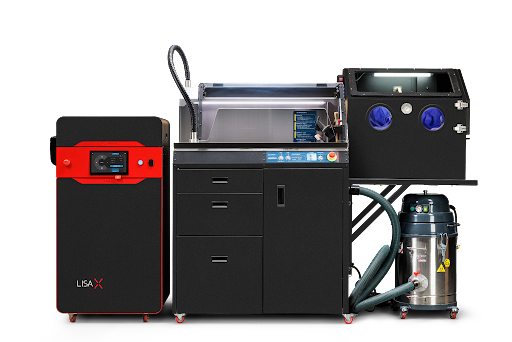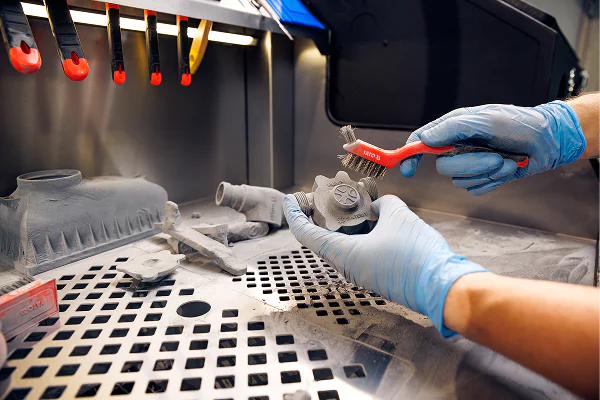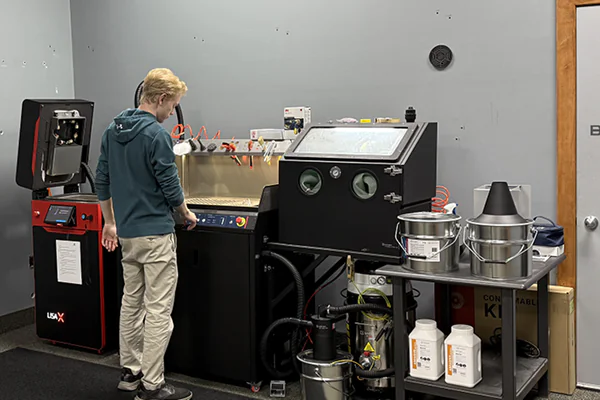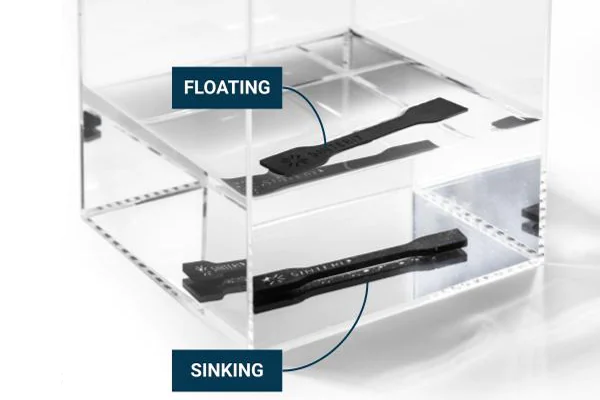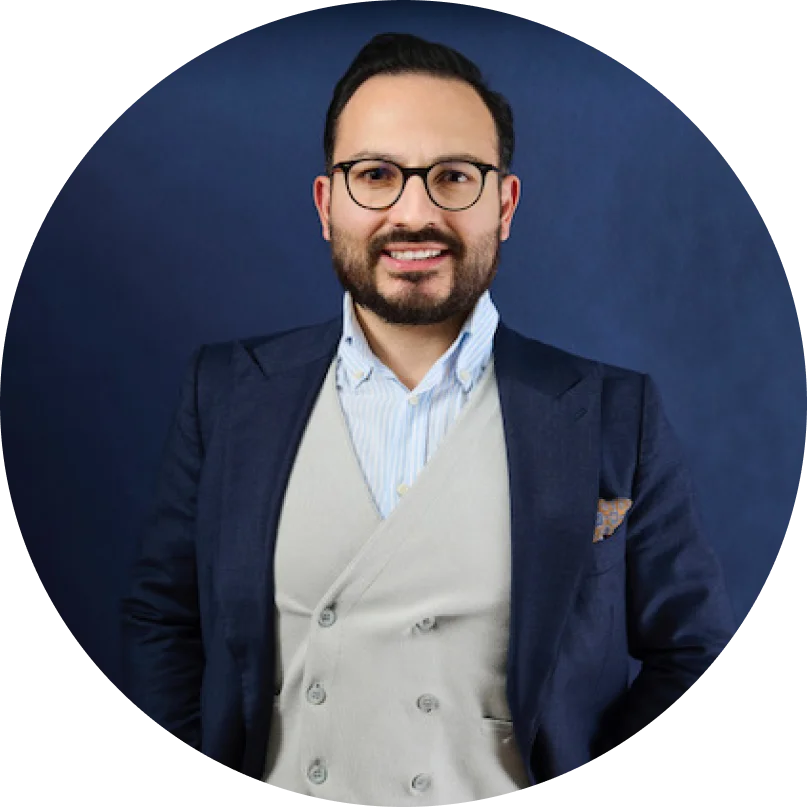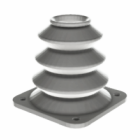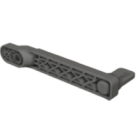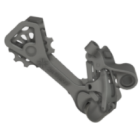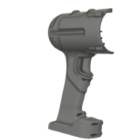How to achieve smooth surfaces with Q-profile
Smooth surfaces of 3D printed parts may be desirable in some cases. Although 3D printing technologies like SLA, which are known for providing smooth surfaces, have been available for decades, more and more companies are searching for alternatives. Due to SLA limitations, and the rising popularity of SLS 3D printing users are looking into this technology. Could you achieve not only the perfect dimensional accuracy but also smooth surface finish with SLS 3D printing? Let’s find out.
Dimensional accuracy and smoothness of SLS 3D printing technology
SLS 3D printing technology is known for its great dimensional accuracy. It is especially important for companies developing new products, making functional prototypes. The printouts are stronger than printed on SLA or FDM printers, which show more anisotropic properties that make parts weaker in vertical build direction. The main use of Selective Laser Sintering (SLS) is the production of end use and functional parts that can withstand a reasonable amount of stress and also are durable, chemical resistant and wear resistant.
The nature of the SLS 3D printing process is complex and achieving repeatable, quality results requires a stable environment provided by the SLS 3D printer design. To demonstrate how hard it is to achieve such conditions just research the SLS 3D printers producers market. You will quickly notice that the list of companies producing 3D printers is short. Great design of the SLS 3D printer is one of the major conditions to accomplish the high quality of 3D printed parts and their smooth surfaces. The possibility to freely change SLS 3D printer parameters is the other.
Open parameters of SLS 3D printing
In Sinterit we have experience with different SLS 3D printers. The first one – Lisa, the most compact one has been on the market for more than ten years. The main material used on Lisa is PA12 Smooth. It was recognized and appreciated by the clients for its strong, durable and accurate results combined with smooth surface. When compact SLS technology became popular among companies and universities around the world, the need to provide bigger and faster printers caused us to release Lisa PRO and then even bigger and way faster – Lisa X.
Despite differences in the ability to print larger parts faster, one thing that became important for those bigger printers was to provide users with as many open parameters as possible. This option gives users the possibility to change a lot of printer settings, including laser and heating related parameters. Thanks to that advantage the possibilities of printing with third party powders are almost limitless. Even though the portfolio of Sinterit’s powders is quite big containing eleven different materials, you can choose one from other sources and adjust the printer to print it, achieving preferred strength, accuracy and surface smoothness.
Q-profile in Sinterit Studio
Meanwhile our R&D team still works on updates of our software to provide the best possible results for users who would like to use predefined settings. One of the newest updates is the introduction of Q-profile in Sinterit Studio Advanced. This profile was prepared with our fastest compact SLS 3D printer – Lisa X in mind. One of the main differences between Lisa X and smaller printers – Lisa and Lisa Pro is the way we control the laser. In Lisa X we use the galvo system. It is one of the reasons why the recommended powder for Lisa X may differ from the one we offer for Lisa and Lisa Pro.
Thanks to our new Q-profile available for Lisa X, we redesigned the path of the laser beam to make the surface of the 3D printed part as smooth as possible. If you decide to choose the Q-profile during SLS 3D printing the height of the layer will be automatically set to 75µ. As the designed laser paths are longer than in other profiles, remember to use this profile when you are focused mostly on the smoothness of the surface because the 3D printing process will take longer than with the original settings. It is also designed to the mentioned layer height of 75µ so it will be not possible to print with other layer heights.
For more information on Q-profile and other settings of Sinterit’s SLS 3D printers contact our experts.
